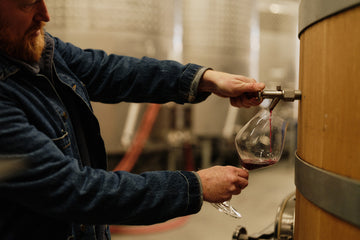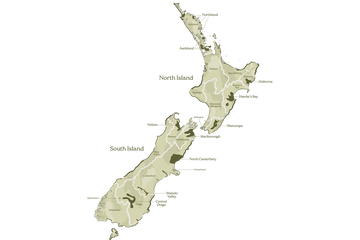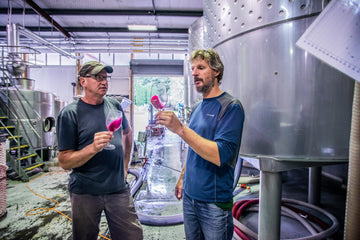



Central Otago Sub-regions


Geographical Indication (GI) and Provenance
Central Otago
Wooingtree Blondie Blanc de Noir Rosé 2019
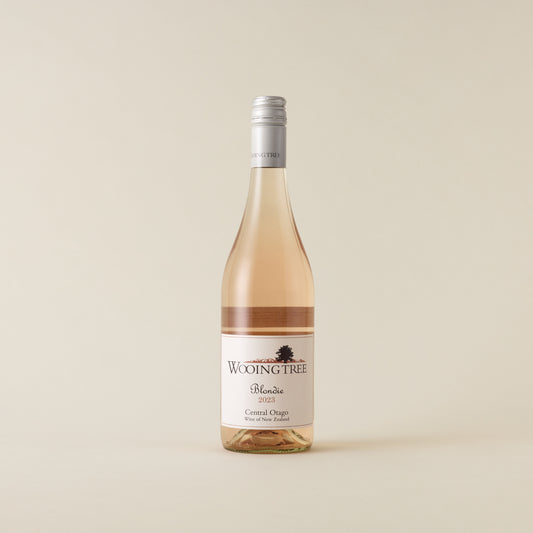

Wooingtree Blondie Blanc de Noir Rosé 2019
Regular price
£25.00
Sale price
£25.00
Regular price
£0.00
Kelly Washington Pinot Noir 2019
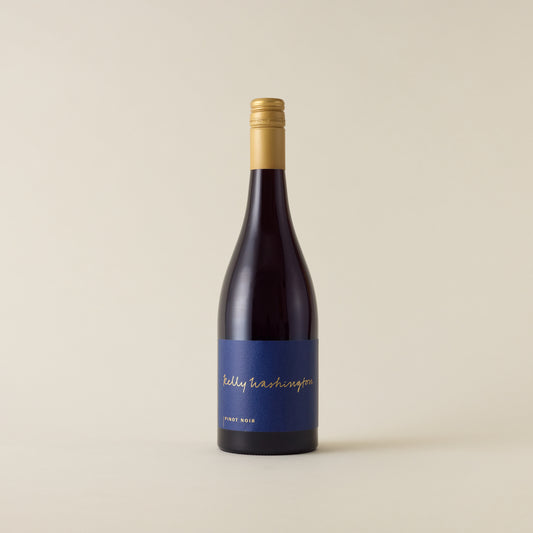







Kelly Washington Pinot Noir 2019
Regular price
£36.50
Sale price
£36.50
Regular price
Akitu Pinot Noir Blanc 2023






Akitu Pinot Noir Blanc 2023
Regular price
£34.00
Sale price
£34.00
Regular price
Palliser Estate Pinot Noir 2022
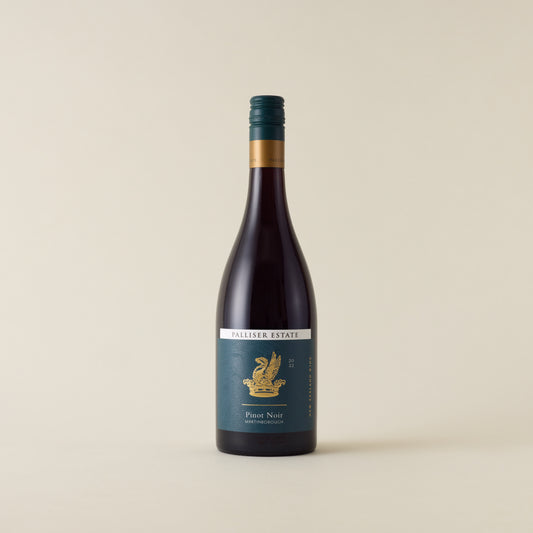

Palliser Estate Pinot Noir 2022
Regular price
£27.50
Sale price
£27.50
Regular price
£0.00


